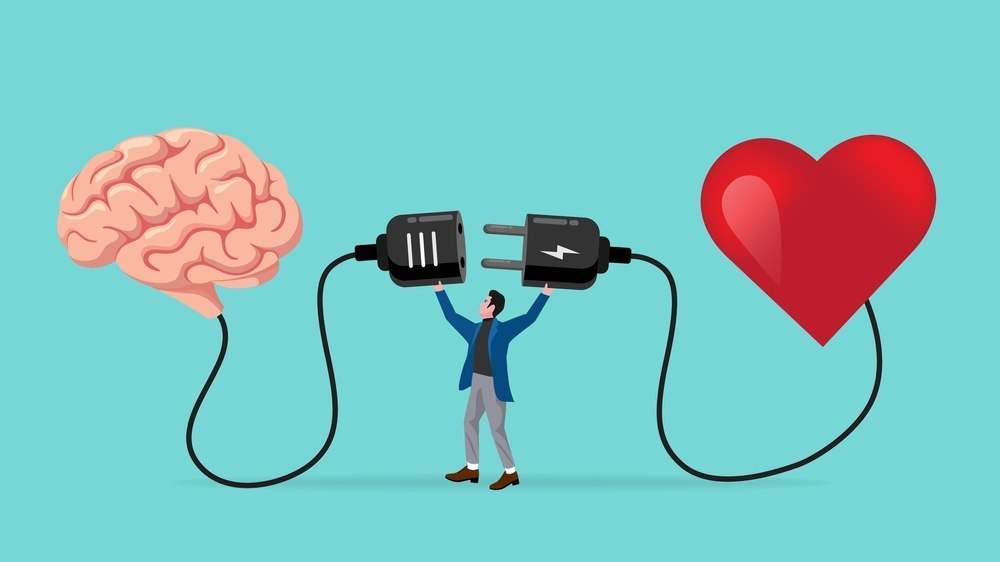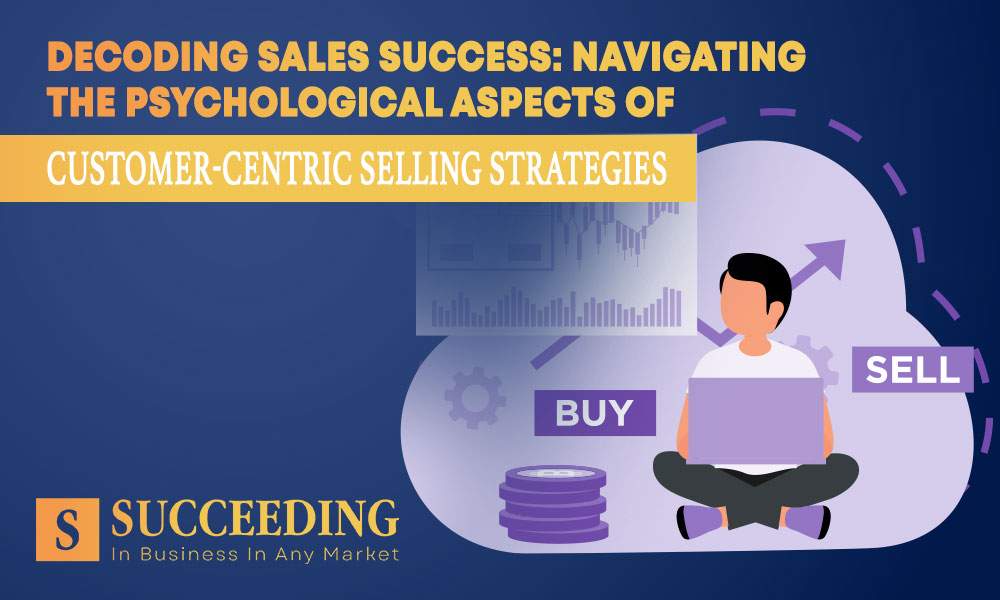Post Date: January 18, 2024

In the intricate tapestry of human experience, the alignment of thoughts and emotions emerges as a powerful force that can propel individuals toward unparalleled success. This guide delves into the profound impact of aligning thoughts and emotions, offering insights, techniques, and practical advice to navigate this transformative journey. Let’s embark on a quest to understand and harness the synergy between our cognitive and emotional realms.
Understanding the Power of Alignment
At the core of achieving success lies the delicate balance between our thoughts and emotions. When these elements are in sync, they form a harmonious alliance that shapes our perceptions, decisions, and ultimately, our destinies. Successful individuals across various fields often attribute their accomplishments to the deliberate alignment of their thoughts and emotions.
Consider the entrepreneur who, faced with adversity, maintained a positive outlook and harnessed the power of belief to overcome challenges. This illustrates the profound impact that aligning thoughts and emotions can have on resilience and the ability to navigate complex situations.
Recognizing Misalignment
Yet, the journey toward alignment is not always smooth. Signs of misalignment may manifest as stress, indecision, or a persistent sense of dissatisfaction. Prolonged misalignment can hinder personal growth and impede the realization of one’s true potential.
It’s crucial to be attuned to these signs and engage in self-reflection. By identifying areas where thoughts and emotions are out of sync, individuals can take the first step toward achieving a more harmonious internal state.
Techniques for Aligning Thoughts and Emotions

Mindfulness and Meditation
The practice of mindfulness and meditation serves as a powerful tool for aligning thoughts and emotions. By cultivating a present-moment awareness, individuals can break free from the shackles of past anxieties or future uncertainties. Practical tips for seamlessly integrating mindfulness into daily routines include dedicating a few minutes each day to focused breathing exercises or guided meditation.
Positive Affirmations
Positive affirmations act as a catalyst for reshaping thoughts and emotions. Crafting and reciting personalized affirmations that resonate with one’s goals can instill a positive mindset. For example, affirmations like “I am capable of overcoming challenges” serve as constant reminders of one’s potential and foster a mindset conducive to success.
Visualization
Visualization is a powerful technique for aligning thoughts and emotions with desired outcomes. By vividly imagining the achievement of goals, individuals create a mental roadmap that guides their actions. Readers can practice visualization by setting aside dedicated time each day to visualize their aspirations, thereby reinforcing the connection between thoughts and emotions.
Building Emotional Intelligence
Emotional intelligence forms the bedrock of successful alignment. Defined as the ability to understand and manage one’s own emotions and those of others, emotional intelligence enhances decision-making, interpersonal relationships, and overall well-being. Strategies for developing emotional intelligence include cultivating self-awareness, practicing self-regulation, and fostering empathy.
Creating a Positive Environment
The external environment plays a pivotal role in shaping thoughts and emotions. Cultivating a positive and supportive environment contributes to the alignment of internal states. Surrounding oneself with uplifting influences, be it supportive relationships or inspirational surroundings, creates a conducive atmosphere for the alignment of thoughts and emotions.

Conclusion:
In conclusion, the alignment of thoughts and emotions emerges as a transformative force that underpins personal and professional success. This guide has explored the profound impact of alignment, provided insights into recognizing misalignment, and offered practical techniques for fostering this symbiotic relationship. As individuals embark on their journey toward alignment, it’s essential to understand that this process is ongoing, requiring consistent practice and dedication.





